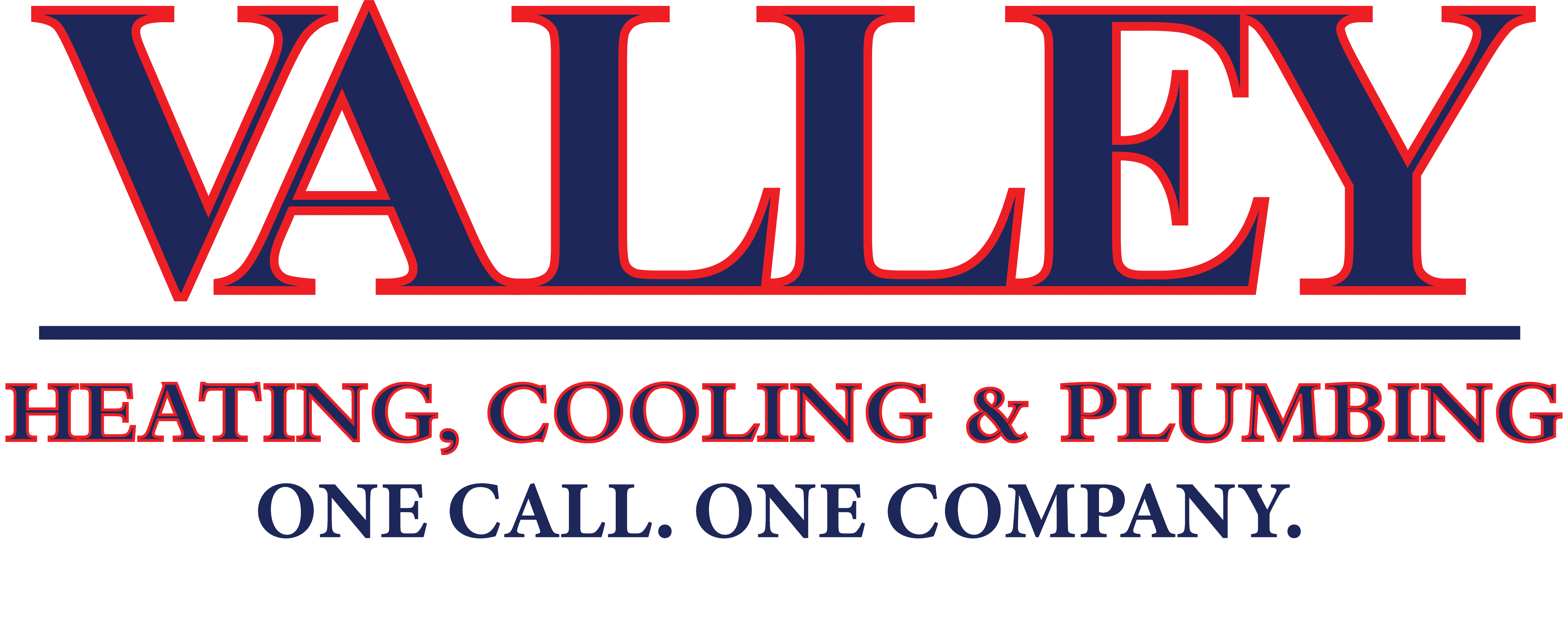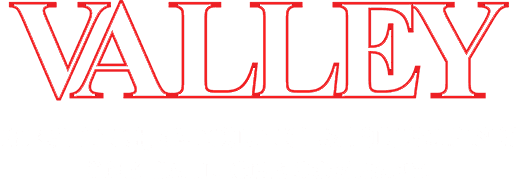Alabama summers are hot and humid and our winters can get dangerously cold even in a good year. With the global and local climates losing a little bit of stability all the time, dangerous heat waves and cold snaps are becoming more common. You don't want to wait until the AC or heater stops working in the middle of a dangerous weather event to figure out what to do. Instead, find out about five things you can try to get immediate relief.
Avoiding Problems
It can seem like our HVAC systems intentionally wait until the worst possible time to break down. In fact, these crucial systems usually offer at least a few early warning signs of trouble to come if you're paying enough attention to notice them.
The best way to avoid a situation where your AC unit or furnace stops working completely is to contact an HVAC technician as soon as the first signs of trouble arise. Keep an eye, ear, and nose out for issues such as unusual sounds or smells, frequent cycling, inaccurate thermostat readings, inconsistent temperatures, or weak airflow.
Scheduling annual preventative maintenance visits is also a great way to reduce the chances of HVAC system failures. It allows technicians to check for common issues and resolve minor problems before they cause system-wide failures. More often than not, minor issues like missing screws, damaged belts, or bent condenser fans can be fixed on the spot.
Five Things to Try Before Calling an HVAC Technician
Even with adequate maintenance and periodic repairs, HVAC systems can still break down. Unfortunately, these breakdowns are more likely to occur when the AC or furnace are placed under extreme stress, which is usually when the temperatures outside are at their most dangerous. Having an HVAC company that offers emergency services on speed dial is always wise, but there are five things you can try before calling for help.
1. Check the Circuit Breaker
If the air conditioner or furnace has stopped working completely when everything seemed to be running just fine, the first thing to check is the fuse box. The problem could be as simple as a tripped circuit breaker or a blown fuse, both of which can be addressed at home without professional help.
While it's easy enough to check the fuse box, frequently tripped circuit breakers could be a sign of a more serious problem. More often than not, there are other appliances, fixtures, or devices on the same circuit that are pulling too much power. You should address this issue with the help of an electrician.
2. Check the Thermostat
The next step to take is to check the thermostat. Your HVAC unit's thermostat controls when the AC or furnace turns on, so if it isn't working, neither will the rest of the system. The best-case scenario is that someone accidentally turned the thermostat off or simply changed the temperature to be too high or too low. It's always worth checking to see if this is the case before calling a contractor.
If your thermostat is on and set correctly but there's still no treated air coming out of your vents, that doesn't rule out thermostat problems. It does, however, mean that you'll need the help of a technician to determine why the thermostat is faulty. The good news here is that you won't have to suffer for long because replacing the thermostat is all it will take to get the HVAC system up and running again.
3. Check the Filters
Both furnaces and AC units are equipped with filters to prevent dust and other airborne contaminants from getting into the living areas of your home. If they're clogged, it can prevent your system from working properly.
All it will take to resolve this problem is cleaning or changing the filter. Just remove it and take a look. The filter should be white. If it's black or looks visibly dusty, you can find a replacement at the local hardware store.
4. Check the Belts
If it sounds like your HVAC system is running but there's no air coming from the vents, that usually indicates a broken belt. To check the belt on a furnace, shut down the unit and turn off the gas first before opening the furnace cabinet. The belt should be readily visible and it should have a label with a number on it that identifies it. You should be able to purchase the same type of belt at your local hardware store.
Newer air conditioners feature direct-drive motors, but older models still feature belts that connect their motors and fans. Just like furnace belts, they can break after repeated expansions and contractions. You may be able to replace it at home, but it's also fine to call a technician for help with replacing both AC and furnace belts.
5. Check the AC Condenser
If it's your air conditioner that has suddenly failed, head outside and check the condenser unit. Look for ice buildup, a common issue when AC systems stop working. The ice buildup can indicate two common problems:
- Low coolant levels, often caused by leaks.
- Restricted airflow, often caused by clogged filters.
Coolant leaks can be dangerous, so they should always be addressed by a professional as quickly as possible. Don't try to fix this problem at home. You can try removing the ice dam to see if it restores function temporarily but note that it could damage the equipment. It's better to call for help immediately.
Reach Out for Help
If none of the quick fixes above make enough of a difference to keep your family comfortable, don't put off calling a professional for help. Valley Heating & Cooling has been keeping local families comfortable for decades, and we have HVAC techs available 24/7 to provide emergency services. There's no need to live with the sweltering heat or dangerous cold. Give us a call right away and we'll send out a technician to inspect your system and come up with a solution.


